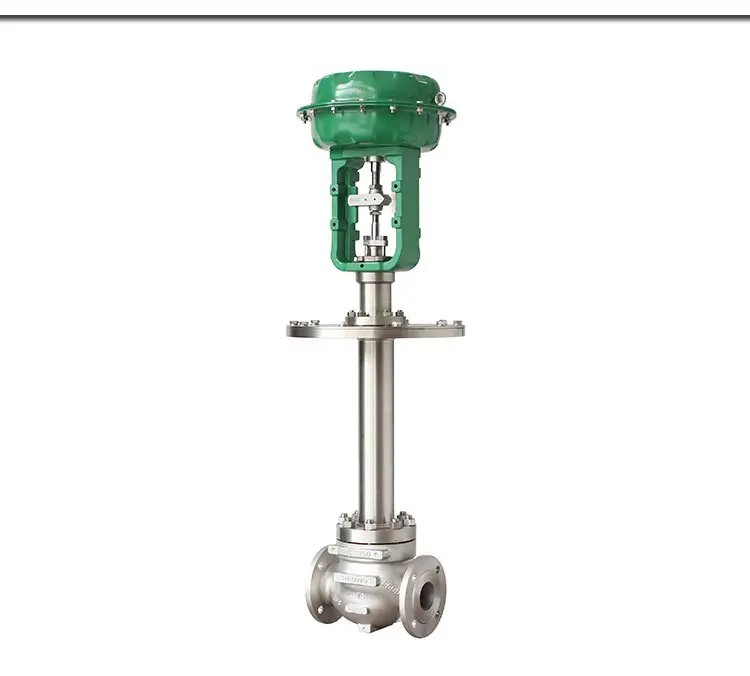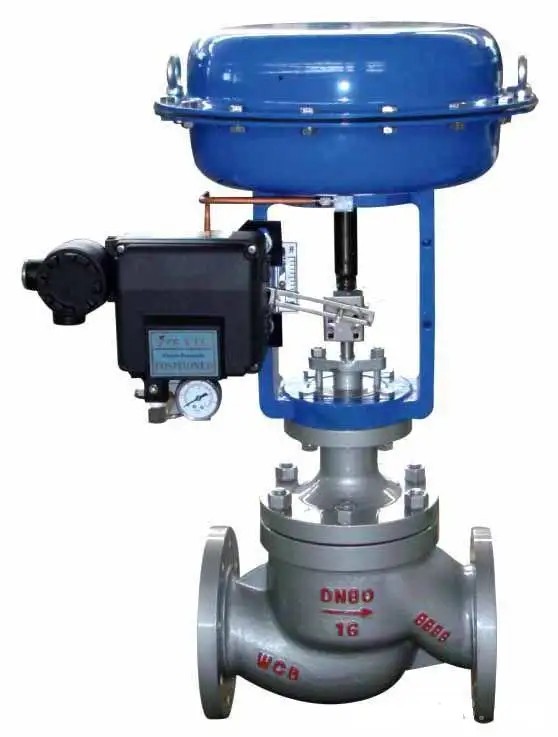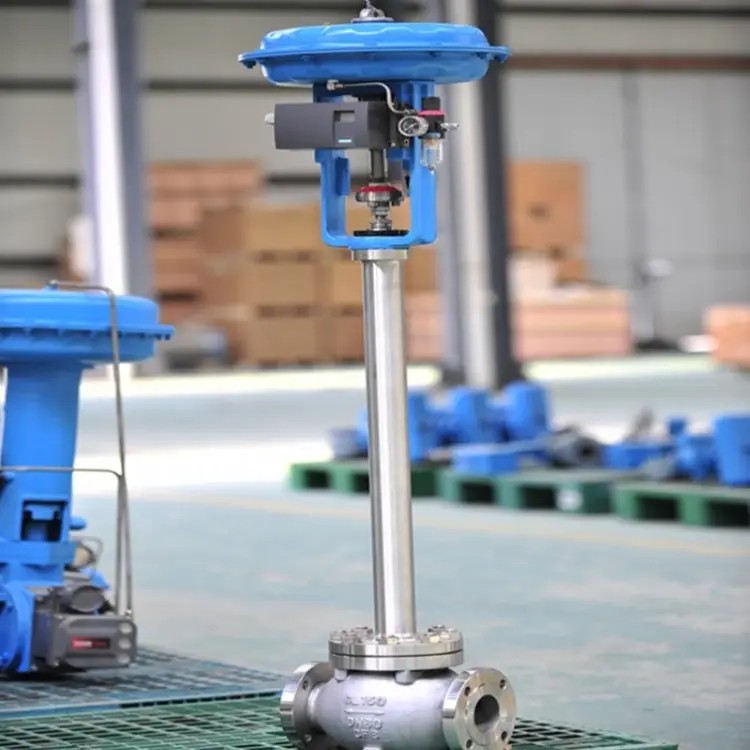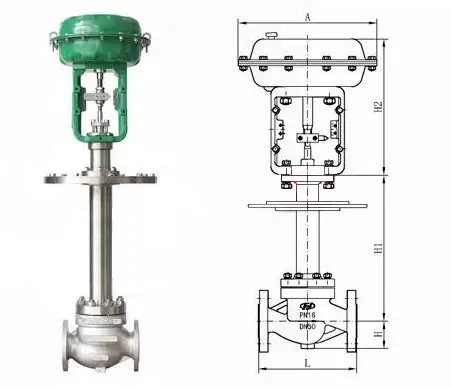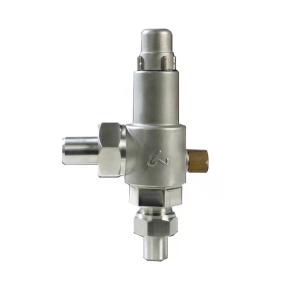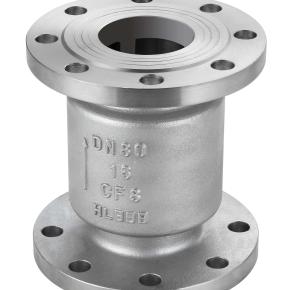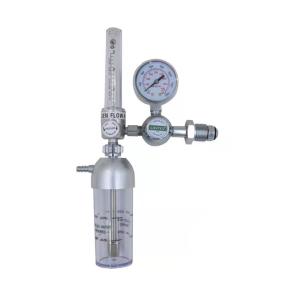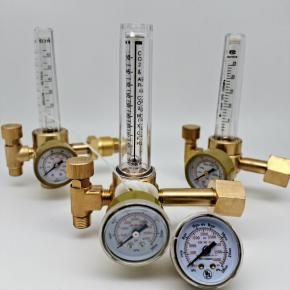Control Valve
The control valve is a critical part of the control loop. The control valve manipulates a flowing fluid, such as gas, steam, water, or chemical compounds to compensate for the load disturbance and keeps the regulated process variable as close as possible to the desired set point
Control valve operation
The actuator is the device connected to the valve through the valve stem that provides the force required to move the valve.
As we said earlier, the actuator can be controlled electrically, pneumatically, or hydraulically. The most common and the most reliable is the “Pneumatic Actuator”.
The control valve receives a signal from a controller such as a PLC or a DCS in order to operate. The controller compares the actual flow rate to the desired flow value called the setpoint. The controller will produce an output to move the valve to bring the flow rate to the setpoint value.
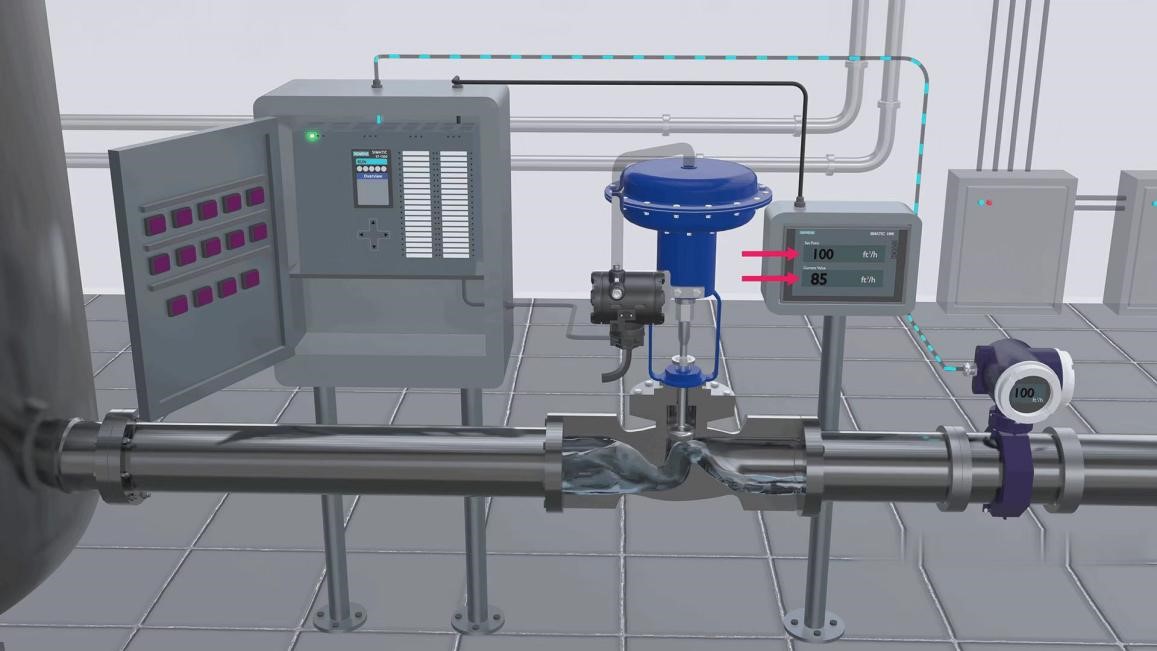
INQUIRY
CATEGORIES
LATEST NEWS
CONTACT US
Contact: Fang
Phone: 0086-180 7293 4264
E-mail: fang@hzasligas.com
Whatsapp:0086-180 7293 4264
Add: Yinhu Street, Fuyang District, Hangzhou City, Zhejiang Province, China
